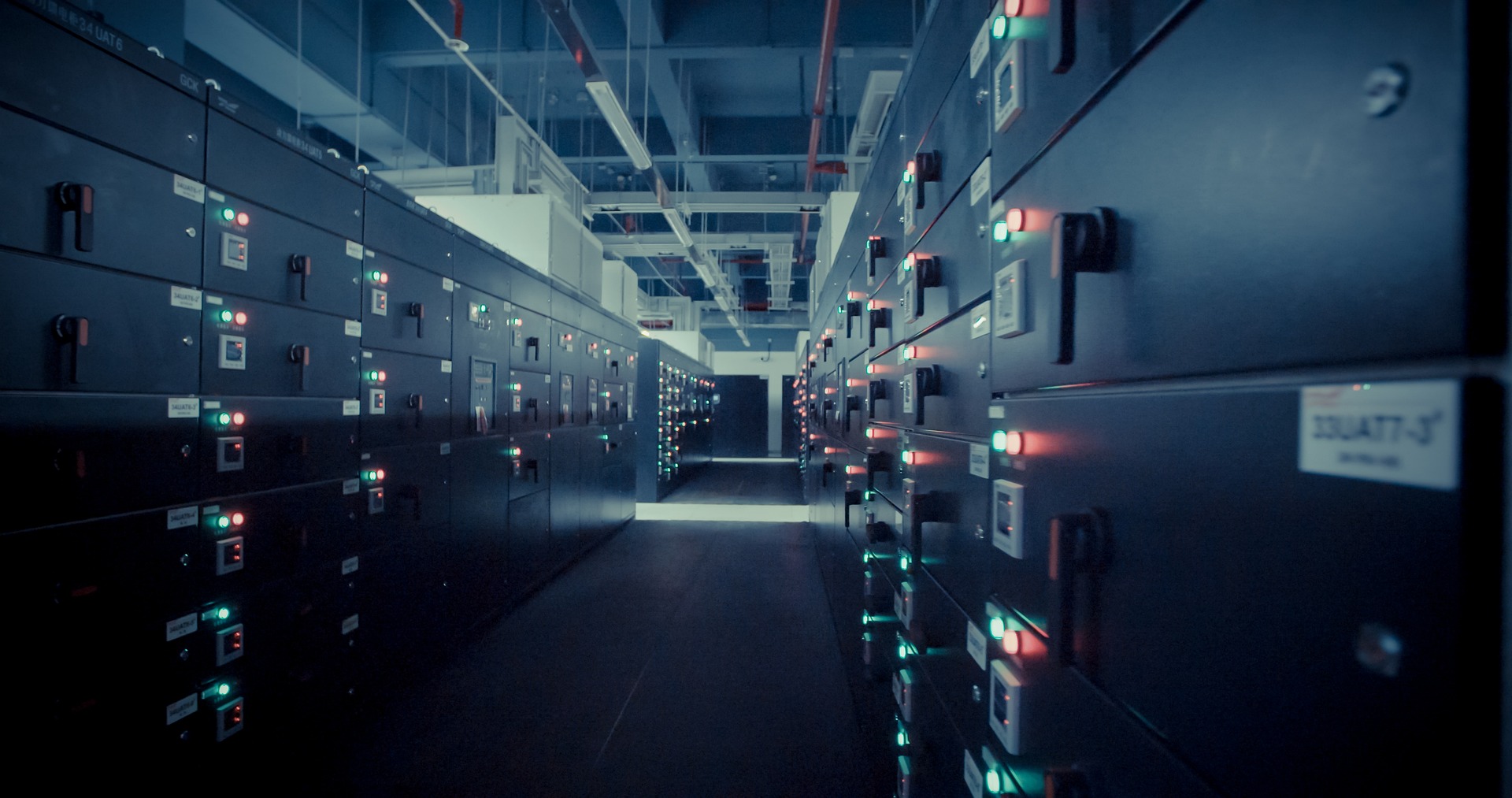CONTENTS
- Introduction
- What Is a Security Operation Center?
- Core Functions of a SOC
- Why a SOC Is Vital for Modern Defense
- Tools and Technologies Inside a SOC
- Benefits of Operating a SOC
- SOC Models for Different Organizations
- Challenges in Running a SOC
- Best Practices for a Successful SOC
- Industry-Specific Applications of SOC
- The Future of Security Operation Centres
- Conclusion
Introduction
Cyberattacks today are not only more frequent but also more sophisticated, targeting organizations of every size and sector. From ransomware to phishing to insider threats, attackers constantly search for weak points to exploit. Traditional, reactive security measures are no longer sufficient because they fail to keep up with the speed and scale of modern attacks.
Organizations need continuous monitoring and real-time response capabilities to defend their systems, data, and users. This is where the Security Operation Centre, commonly referred to as the SOC, comes into play. It acts as the central nervous system of cybersecurity defense, ensuring threats are detected, analyzed, and mitigated before they can cause significant harm.
What Is a Security Operation Center?
A Security Operation Center is a centralized facility where dedicated teams monitor, analyze, and respond to cybersecurity incidents. For beginners, it can be thought of as a digital command center that safeguards an organization’s IT environment around the clock.
The SOC brings together people, processes, and technology to provide a holistic defense system. Its primary purpose is to continuously monitor an organization’s digital footprint, from servers and cloud applications to endpoints and mobile devices. Detection, analysis, and incident response are at the core of its function, ensuring that security events are contained before they spiral into full-blown breaches.
Understanding security operation center roles and responsibilities is crucial for organizations seeking to build resilience. These roles cover everything from security analysts monitoring alerts to incident responders mitigating attacks to SOC managers ensuring smooth operations. Together, they form the backbone of proactive defense strategies that modern enterprises depend on.
Core Functions of a SOC
The SOC’s work is both broad and deep, ensuring every aspect of the digital environment is protected. Real-time monitoring of networks, endpoints, and cloud systems is the starting point, enabling visibility across the enterprise. Once threats are detected, analysts investigate them, classify their severity, and determine the best response strategies.
Incident response is another critical function, where the SOC team isolates compromised systems, neutralizes malware, and prevents further spread. Reporting and compliance also fall within the SOC’s scope, ensuring organizations meet regulatory obligations while learning from each incident to improve defenses.
Why a SOC Is Vital for Modern Defense
The importance of an SOC lies in its ability to deliver continuous, 24/7 protection. Threats do not adhere to business hours, and neither can security defenses. Beyond constant vigilance, a SOC enables a proactive approach, detecting anomalies before they escalate into attacks.
It also helps organizations strengthen compliance and regulatory readiness, especially under strict frameworks like GDPR, HIPAA, and PCI DSS. By minimizing downtime, containing attacks, and reducing financial losses, the SOC contributes not just to security but also to overall business continuity and resilience.
Tools and Technologies Inside a SOC
Modern SOCs rely on a combination of advanced technologies. Security Information and Event Management (SIEM) platforms aggregate logs and alerts across systems, providing centralized visibility. Threat intelligence platforms add contextual data about emerging risks. Endpoint Detection and Response (EDR) tools ensure that laptops, mobile devices, and IoT assets are continuously monitored.
Automation and AI play an increasingly important role by filtering false positives, orchestrating responses, and allowing human analysts to focus on the most critical issues. These tools are essential to keeping pace with sophisticated cybercriminals.
Benefits of Operating a SOC
Operating a SOC offers numerous business and operational advantages. It ensures early detection of threats before they escalate, providing the crucial time needed to contain and mitigate risks. Organizations gain centralized visibility across increasingly complex hybrid and multi-cloud environments, reducing blind spots that attackers often exploit.
Collaboration between IT and security teams also improves within a SOC environment, leading to faster, more coordinated responses. Perhaps most importantly, customers and stakeholders trust organizations that demonstrate strong cybersecurity practices, making a SOC a vital tool for reputation management.
SOC Models for Different Organizations
Not every organization can run a large in-house SOC, especially smaller businesses with limited resources. Large enterprises often invest in their own SOCs staffed with full-time analysts and engineers. Small and mid-sized businesses may prefer managed SOC services, where external providers handle monitoring and incident response.
Hybrid models are also popular, combining in-house oversight with third-party expertise. This flexibility ensures that organizations of all sizes can adopt the SOC model that best suits their needs.
Challenges in Running a SOC
While the SOC is essential, it is not without challenges. The shortage of skilled cybersecurity professionals makes staffing a SOC difficult. High operational costs can also be a barrier, particularly for mid-sized organizations.
Another common issue is alert fatigue; analysts may face thousands of alerts daily, many of which are false positives. Without proper automation, this workload can overwhelm teams. Integration with legacy infrastructure further complicates SOC operations, as older systems may lack compatibility with modern security tools.
Best Practices for a Successful SOC
A successful SOC requires more than just technology. Clear communication between IT and security teams ensures collaboration. Automation should be leveraged to reduce repetitive tasks, but human oversight must remain central to decision-making.
Regular training and simulations keep staff prepared for real-world incidents. Aligning SOC practices with Zero Trust models ensures stronger access controls, limiting lateral movement for attackers. By embedding these best practices, organizations can create SOCs that are not only effective but also scalable.
Industry-Specific Applications of SOC
Different industries face different security challenges, and the SOC adapts accordingly. In finance, SOCs are critical for fraud detection and transaction monitoring. In healthcare, they secure sensitive patient records and connected medical devices. Retailers rely on SOCs to protect e-commerce platforms and payment systems.
Manufacturers, increasingly dependent on IoT and operational technology, benefit from SOCs that safeguard production lines from disruption. These examples highlight the wide-ranging value of SOC operations across sectors.
The Future of Security Operation Centres
Looking ahead, SOCs are evolving toward greater automation and intelligence. AI-driven platforms capable of autonomous detection and remediation are becoming the norm. Integration with cloud-native architectures and Secure Access Service Edge (SASE) models will expand the reach of SOCs to secure remote and global workforces.
We are also seeing a shift toward predictive and self-healing cybersecurity, where SOCs anticipate and neutralize threats before they can fully form. Collaboration between governments, industries, and enterprises will play a key role in strengthening SOC effectiveness worldwide.
Conclusion
The Security Operation Centre is no longer optional; it is vital for modern defense. By delivering proactive monitoring, rapid response, and compliance readiness, it enables organizations to stay resilient in a constantly evolving cyber landscape.
Enterprises that make SOC a cornerstone of their defense strategy position themselves for long-term success. In a world where digital risks are inevitable, the SOC remains the nerve center of protection, trust, and business continuity.
FAQs
1. What is the main purpose of a Security Operation Center?
The primary purpose of an SOC is to provide continuous monitoring, detection, and response to security incidents, ensuring threats are contained before they cause significant harm.
2. Can small businesses benefit from an SOC?
Yes, small and mid-sized businesses often use managed SOC services, which provide expert monitoring and response without the high costs of maintaining a full in-house team.
3. How does an SOC differ from traditional IT security?
Traditional IT security often relies on firewalls and antivirus tools, while a SOC integrates people, processes, and technology to provide real-time, proactive defense against advanced threats.

Hey, I’m David. I’ve been working as a wireless network engineer and a network administrator for 15 years. During my studies, I also worked as an ISP field technician – that’s when I met Jeremy.
I hold a bachelor’s degree in network engineering and a master’s degree in computer science and engineering. I’m also a Cisco-certified service provider.
In my professional career, I worked for router/modem manufacturers and internet providers. I like to think that I’m good at explaining network-related issues in simple terms. That’s exactly what I’m doing on this website – I’m making simple and easy-to-follow guides on how to install, set up, and troubleshoot your networking hardware. I also review new network equipment – modems, gateways, switches, routers, extenders, mesh systems, cables, etc.
My goal is to help regular users with their everyday network issues, educate them, and make them less scared of their equipment. In my articles, you can find tips on what to look for when buying new networking hardware, and how to adjust your network settings to get the most out of your wi-fi.
Since my work is closely related to computers, servers, and other network equipment, I like to spend most of my spare time outdoors. When I want to blow off some steam, I like to ride my bike. I also love hiking and swimming. When I need to calm down and clear my mind, my go-to activity is fishing.

